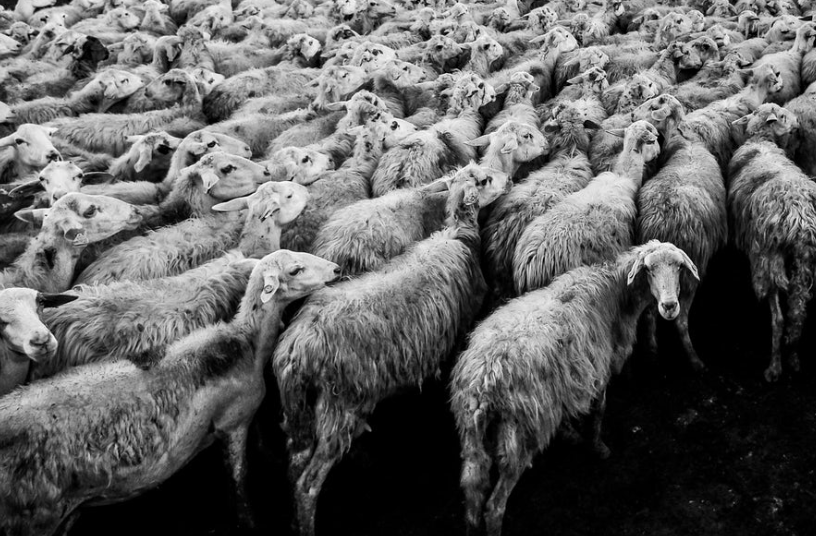by Fred Fuld III
Reading time: 2 minutes
As the holiday season approaches, investors may want to consider adding apparel and clothing retailer stocks to their portfolios. This sector often sees a boost during the holiday shopping season, as consumers seek out festive attire and gifts for loved ones. Let’s delve into three potential investment opportunities within this space: American Eagle Outfitters (AEO), Buckle (BKE), and Gap (GAP).
American Eagle Outfitters (AEO)
American Eagle Outfitters, known for its trendy and affordable apparel, has a strong track record of appealing to young consumers. The company’s diverse brand portfolio, including Aerie, has contributed to its consistent growth.
With a market cap of $3.42 billion, a P/E ratio of 15, and a forward P/E of 9, AEO presents an intriguing investment opportunity. The stock has a very favorable price to sales ratio of 0.63 (remember, the lower the number, the better), and pays a dividend of 2.57%.
Buckle (BKE)
Buckle, a specialty retailer focused on denim and casual apparel, has a loyal customer base and a strong brand reputation. The company’s focus on quality products and excellent customer service has driven its success.
With a market cap of $2.27 billion, a P/E ratio of 11, and a forward P/E of 12, BKE could be a solid choice for investors seeking exposure to the denim market. The stock has a price sales ratio of 1.85 which is a bit on the high side, and a trailing dividend yield of 3.1%.
Gap (GAP)
Gap, a well-established retailer with a diverse portfolio of brands, including Gap, Old Navy, and Banana Republic, has been undergoing a transformation to adapt to changing consumer preferences. The company’s efforts to improve its online presence and offer more fashionable and inclusive clothing have shown promise.
With a market cap of $8.35 billion, and a trailing and a forward P/E of 11, GAP could benefit from the holiday shopping season and its ongoing turnaround efforts. The stock sports a couple of excellent financial ratios, a price/sales of 0.55, and an outstanding price to earnings growth ratio of 0.23. The yield is 2.67%.
Key Considerations
While the apparel and clothing retail sector holds promise for the holiday season, it’s essential to consider the following factors before investing:
- Economic Conditions: A strong economy and consumer confidence are crucial for the sector’s performance.
- Competitive Landscape: Increased competition from online retailers and fast fashion brands can impact sales and profitability.
- Inventory Management: Effective inventory management is vital to avoid markdowns and excess stock.
- Consumer Preferences: Staying updated on evolving fashion trends and consumer preferences is essential.
By carefully evaluating these factors and conducting thorough research, investors can make informed decisions about investing in apparel and clothing retailer stocks during the holiday season.
Disclosure: Author didn’t own any of the above at the time the article was written.


